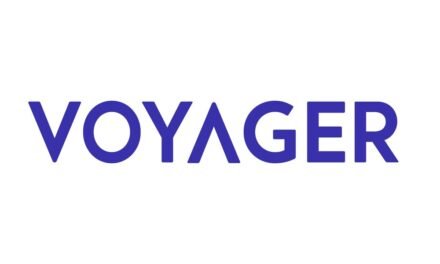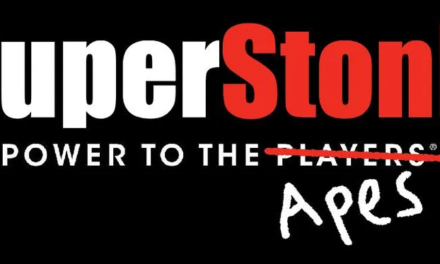
Creating an Affiliate Program For Your Business

Creating an affiliate program for your business can be wise if you want to sell products to a new audience. Creating an affiliate program will allow you to outsource part of the sales process and give you a commission for each sale.
Pay per click
Whether you are an affiliate manager, a new affiliate or a business owner, understanding the basics of affiliate marketing is vital. Affiliate marketing is promoting a product or service online and gaining commissions from consumers who buy through the link provided by the affiliate. It’s a two-way process, so the affiliate must promote the merchant’s website.
Affiliates may be people, companies or other organizations. They have a contractual relationship with an advertiser and earn a commission from each sale. Affiliates work across various marketing channels, including search engines, websites, social media and mobile.
The Affiliates system can be easily integrated with virtually any E-Commerce platform. The system includes everything you need to launch an affiliate program, including an API, a comprehensive statistics tool and flexible affiliate dashboard blocks.
Affiliates can be approved manually or automatically. Manual approval covers the affiliate’s financial status, address, social presence, web properties and affiliate ID. The Affiliates system also tracks referrals and commissions.
Cost per action/sale
The Cost Per Action (CPA) pricing model can help you determine your advertising budget, optimize your campaigns, and track your ROI. The model allows you to place a cost on each conversion, whether a sale, click, or lead. It helps you determine which marketing channels and products are worth your while.
Cost Per Action (CPA) marketing differs from other forms of affiliate marketing. Unlike other forms of online advertising, CPA does not require you to convince a visitor to buy a product. As a result, the publisher takes most of the advertising risk. As a result, CPA marketing is often more lucrative for publishers than other forms of traffic monetization.
A Cost Per Action (CPA) advertising campaign is similar to a Cost Per Click (CPC) campaign in that you are paying for your visitors’ actions when they click on your ads. However, in CPC marketing, your ads target visitors who are most likely to convert.
Flat-fee commissions
Whether you are starting an affiliate program or have been in the game for a while, you will have to determine which type of commissions to offer your partners. Some industries are more conducive to flat-fee commissions for affiliates, while others tend to prefer percentage rates. You will need to do your homework and ask the right questions.
In choosing the right commission type, you should also consider your competition. Are you competing with a brand that has a similar audience? If so, offer a special incentive to lure your partners.
Understanding your target audience is the most important part of any affiliate marketing strategy. You will need to know how many new visitors your affiliate will receive. This is important because it will determine how much you need to pay your affiliates.
The average affiliate commission rate is about 5-30%. However, it is essential to remember that these figures may not apply to your specific niche. You may need to offer a higher commission rate if you sell a high-priced product.
Minimum viable audience
Whether trying to make money by building an affiliate program or selling a product, your goal is to create something people want to buy. This can be a difficult task when you’re just getting started. But if you take a step back and focus on what people want, you can create something they will be happy with.
The easiest way to bring an MVP to market is to create a landing page. You can also use influencers to help you attract your audience. For example, if you’re trying to build a website for your product, you may want to find an influencer with a large following. This can help you quickly increase your sales.
The idea behind minimum viable audience is to focus on people interested in your product or service but not so interested that they would actively follow you. Instead, they’re likely to follow you if they think you’re offering something they need or want.






























